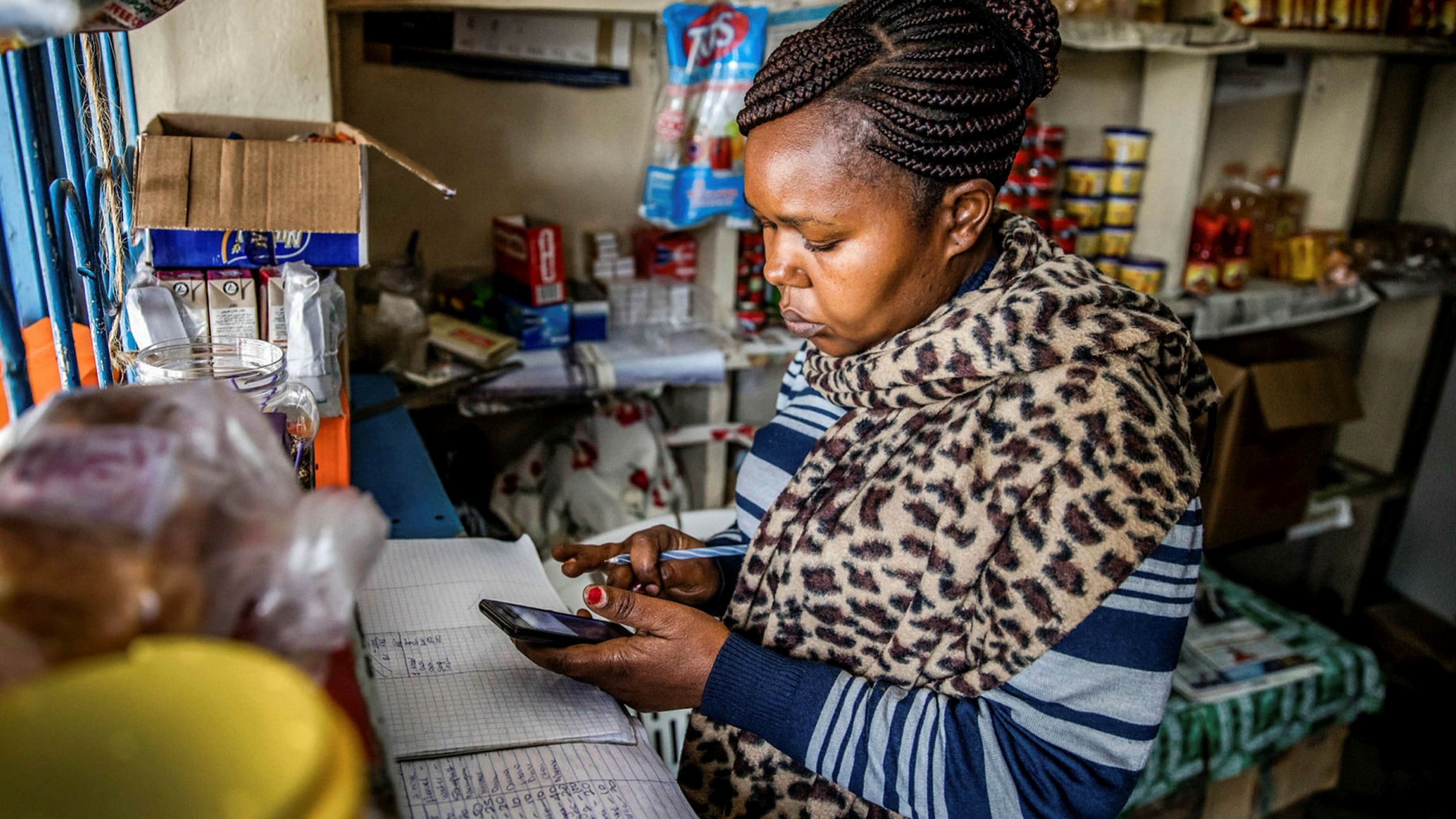Trade and geopolitics
How economic statecraft shaped Huawei’s global FDI footprint
Published 10 September 2024
If one company epitomizes the struggle that corporations are facing as a result of Great Power rivalry, there is perhaps no better candidate than Huawei Technologies. As a leader in China's drive to dominate key industries and the top Chinese investor in global greenfield projects since 2010, the shape of its global footprint is a reflection of China’s grand strategy and a measure of how US sanctions worked.
From its humble beginnings as a manufacturer of phone switches, Huawei has grown to be a globally important supplier of all manner of information communications technologies (ICT), related infrastructure, and it is best known as a world leader in 5G telecommunication networks and equipment. The company is also heavily involved in cloud computing, producing its own semiconductors, helping foreign nations build "smart" cities, and making products running on the Internet-of-Things (IoT) and artificial intelligence (AI). Ostensibly a privately held company with a dizzying web of international subsidiaries, its close ties with the Chinese Communist Party have put the company in the crosshairs of the West’s economic statecraft as it seeks to shield its own interests against China’s rise.
Huawei’s global clout is formidable. Between 2010 and 2024, Huawei made 308 greenfield overseas investments with an aggregate value of US$17.4 billion, creating around 50,000 jobs in 70 different countries. This made the company the largest Chinese outbound investor in greenfield projects globally both by number of projects and the jobs it created overseas in the last 14 years, according to fDi Markets data. These overseas investments cover a wide variety of activities, with some 40% devoted to research and development.
Download Caging a Dragon: How economic statecraft shaped Huawei’s global FDI footprint by Stewart Paterson:

Huawei’s outbound investments have dropped off significantly since the US sanctions and diplomatic lobbying began in 2017. Many had been repivoted to the Global South and targeted sectors such as education and training; sales and marketing; and corporate headquarters for regional or country operations, rather than ICT manufacturing. Also noteworthy is how much China itself became a market for Huawei. In 2013, just 35% of Huawei’s sales came from its home country. The Chinese share of revenue rose steadily to 52% just before the US unleashed its sanctions and then exploded upward as overseas sales tumbled.
Concerns about Huawei’s lead in 5G technology would morph into a monopolistic grip on the market have failed to materialize. While the waxing and waning of Huawei’s global footprint do not speak to the successes or failures of other Chinese outbound investors, the case of China’s 'national champion' provides much insight on the future of China’s global ambitions, the effectiveness of US economic statecraft, and the price of geostrategic security, writes Senior Research Fellow Stewart Paterson.
© The Hinrich Foundation. See our website Terms and conditions for our copyright and reprint policy. All statements of fact and the views, conclusions and recommendations expressed in this publication are the sole responsibility of the author(s).
Stewart Paterson is a Senior Research Fellow at the Hinrich Foundation who spent 25 years in capital markets as an equity researcher, strategist and fund manager, working for Credit Suisse, CLSA and most recently, as a Partner and Portfolio Manager of Tiburon Partners LLP.
Have any feedback on this article?
Related Articles

Is China’s overseas direct investment outflanking US trade strategy?
27 August 2024

Geopolitical rivalries play out in Africa’s digital transformation
25 January 2022

Is China’s overseas direct investment outflanking US trade strategy?
27 August 2024

Geopolitical rivalries play out in Africa’s digital transformation
25 January 2022

Is China’s overseas direct investment outflanking US trade strategy?
27 August 2024




